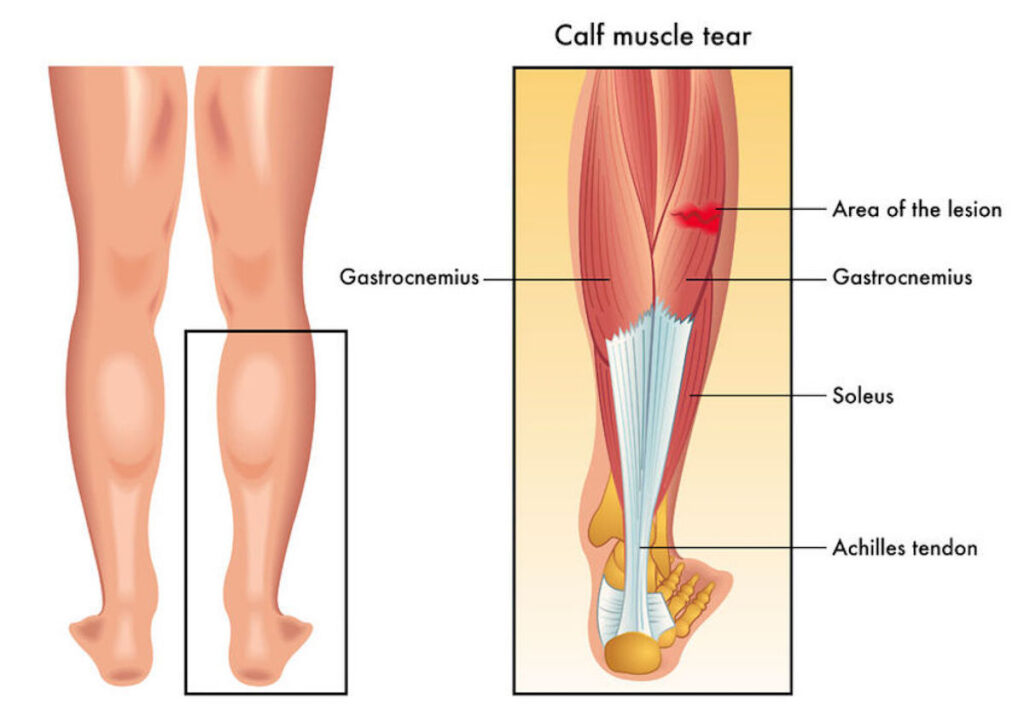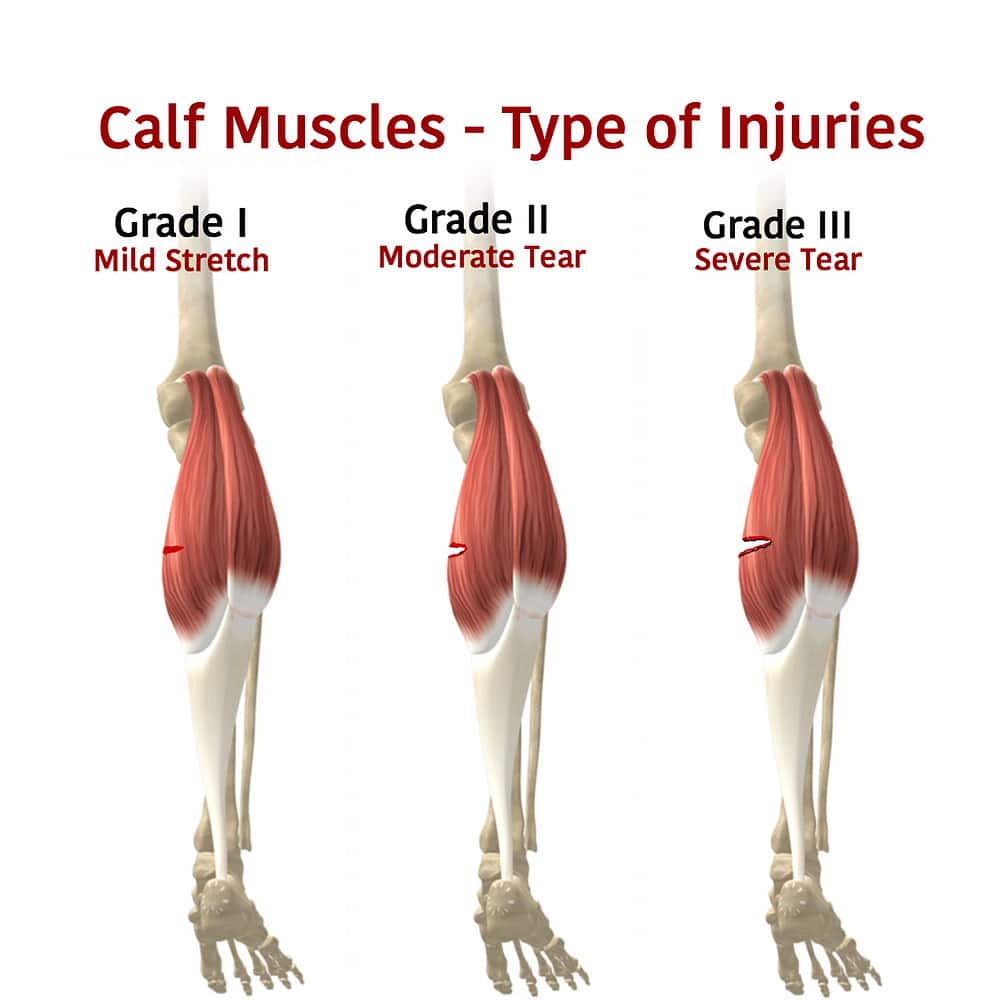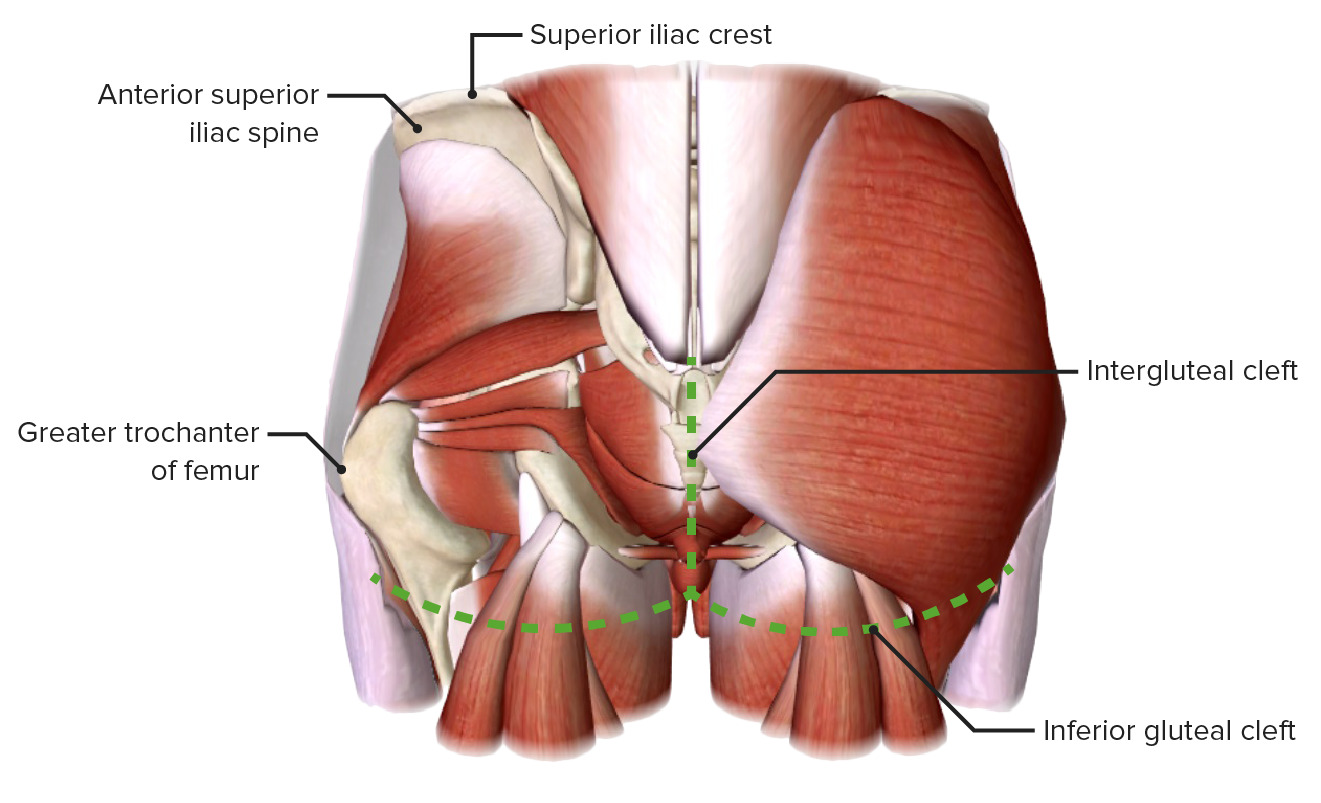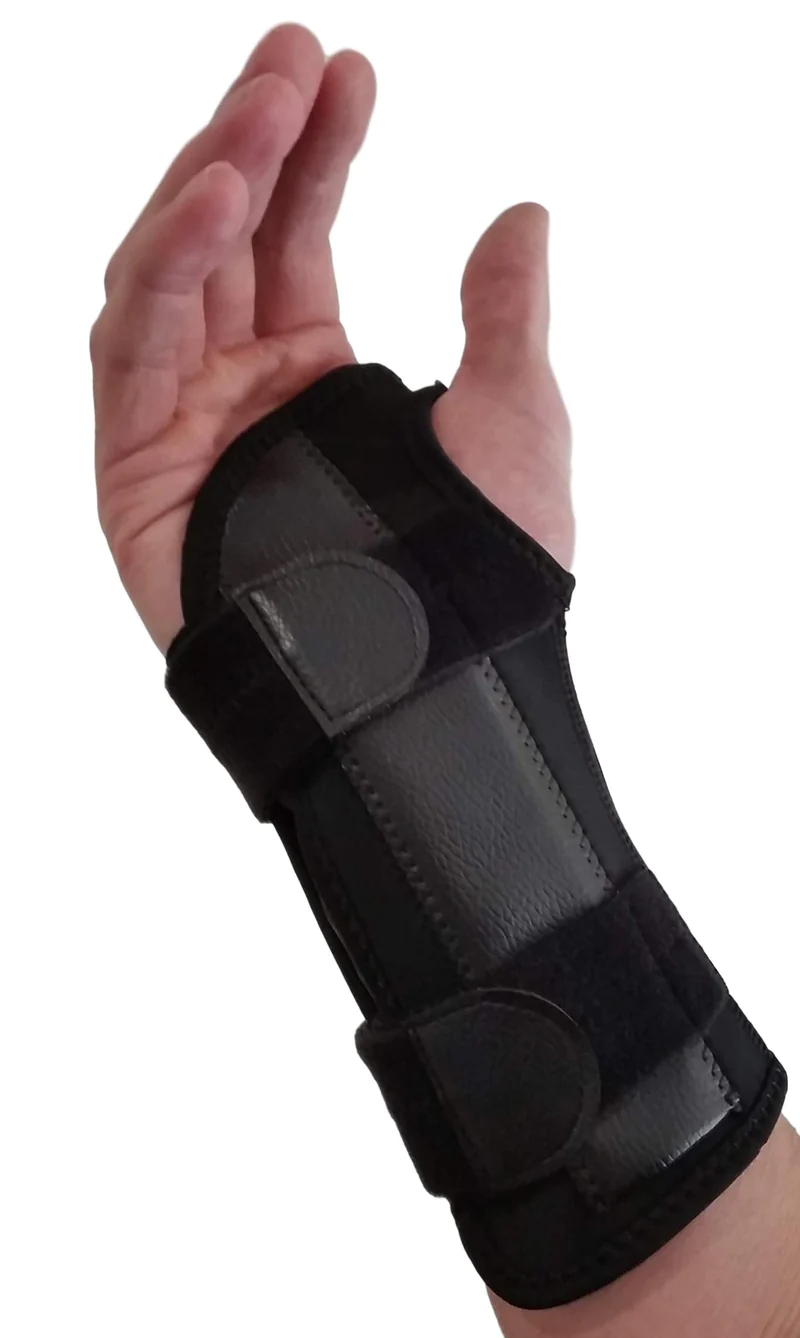Torn calf Muscle
A calf strain, also known as a torn calf muscle, is a frequent injury that happens when one or more of the gastrocnemius or soleus muscles in the calf are stretched too far or tear. Running or jumping are common examples of activities that cause sudden stops and starts when this happens.
Sudden discomfort at the back of the lower leg, swelling, tenderness, and trouble walking or bearing weight on the affected leg are typical signs of a torn calf muscle. A lump or apparent bruise could be seen in more serious situations.
The RICE protocol, which combines rest, ice, compression, and elevation to treat a torn calf muscle, is frequently used in conjunction with painkillers and physical therapy exercises to help strengthen the muscles and increase range of motion. Surgery can be needed in extreme circumstances to fix the rip.
If you think you might have a torn calf muscle, it’s crucial to contact a doctor. They can perform a physical examination and imaging tests (like an MRI) to properly diagnose the issue and suggest an effective course of action. Most people can anticipate complete recovery from a torn calf muscle within a few weeks to several months with the right care and therapy.
Can you still walk with a torn calf muscle?
Walking with a torn calf muscle is often achievable, but it depends on how severe the injury is. If your dominant leg is injured, walking with a torn calf muscle can be uncomfortable and you run the risk of developing a limp. Additionally, you could find it difficult to flex your foot or bear weight on the affected leg. You might not be able to walk at all in more severe situations, when the muscle has been entirely torn, and crutches or other mobility aids may be needed.
It’s vital to know that walking or exercising with a torn calf muscle is not advised because it might make the injury worse and prolong the healing process. Resting the injured leg while getting medical attention will help to properly identify and treat the injury. For your particular injury and stage of healing, your doctor will be able to provide you with detailed guidelines on how much weight-bearing activity is safe. To prevent more injury and encourage a successful recovery, it is crucial to adhere to these guidelines.

How do I know if my calf muscle is torn?
Symptoms of a calf strain, also known as a torn calf muscle, might vary. Here are some warning signs and symptoms of a torn calf muscle:
1. Sudden, acute pain: When the injury happens, you might experience a sudden, intense pain in the back of your leg or calf.
2. edema: An injured calf muscle may experience edema.
3. Difficulty standing or walking normally: You could limp or favor one leg while standing or walking normally.
4. Weakness: You might experience calf muscular weakness, especially when attempting to push off or doing any calf-related motions.
5. Bruising: In severe cases, the affected area may bruise.
6. Popping sound: During the initial stages of an injury, a popping sound or sensation may be felt.
It’s crucial to see a doctor if you see any of these signs or think you could have a calf rupture. Your doctor can assess the damage and create a suitable treatment schedule to promote healing. It’s crucial to refrain from any actions that can put further tension on the muscle and adhere to your doctor’s recommendations for proper treatment and rehabilitation.
How to tell the difference between a strain and a tear in the calf?
Active people frequently get calf muscle injuries, and it can be difficult to distinguish between a strain and a tear. However, there are a few signs that can aid in differentiating the two:
1. Pain Intensity: Calf muscles that are injured experience sharper, more intense pain than those that are just stretched.
2. Symptoms: Swelling, redness, and stiffness are common signs of injured muscles. However, symptoms of torn calf muscles are often more severe and include problems with walking or standing as well as muscle spasms.
3. Pop or snap: Feeling a pop or snap may indicate a tear, whereas pulling or aching may indicate a strain.
4. Bruising and discoloration: Unlike a strain, a torn calf muscle frequently exhibits visual signs of bruising or discoloration.
5. X-rays and MRIs: Using x-rays and MRIs, doctors can identify damage to the calf muscles.
If your calf hurts, especially if it hurts a lot or makes it difficult for you to walk, you should consult a doctor. To aid in your recovery, they can make a precise diagnosis and a customized treatment plan.
How long does a calf tear take to heal?
Depending on the extent of the injury, a calf rip may heal more quickly or more slowly. In average, minor tears can heal in two weeks or less, whereas more serious injuries may take four to six weeks or longer. In order to achieve a thorough recovery and avoid reinjury, it is crucial to adhere to the right procedures during the healing process. The following list illustrates the four phases of healing:
1. Acute Phase: During the initial days following the accident, minimizing pain and inflammation is the main goal. The usual therapies at this stage include ice, rest, compression, and elevation.
2. Sub-Acute Phase: During this phase, which lasts for roughly a week, the main goals are to regain flexibility, increase range of motion, and regain strength.
3. Remodeling Phase: This stage starts two weeks after the injury, or whenever the pain and swelling subside and you are able to perform more challenging stretches and exercises.
4. The functional phase is when people can resume their regular activities (this phase typically lasts 4-6 weeks).
To avoid further injuries and guarantee a full recovery, it’s crucial to adhere to the rehabilitation regimen recommended by a medical practitioner. You can start with low-impact exercises like swimming or cycling during the early phases of rehabilitation, and after you reach the functional phase, you can progress to more strenuous physical activities. Your healthcare professional will help you through this process.




One thought on “TORN CALF MUSCLE”